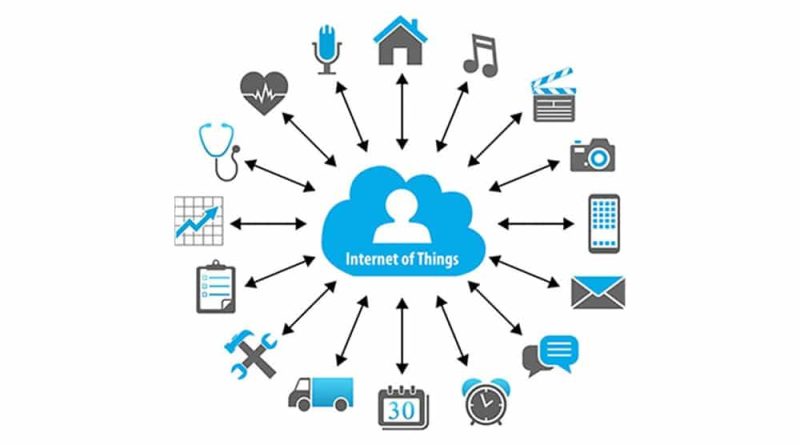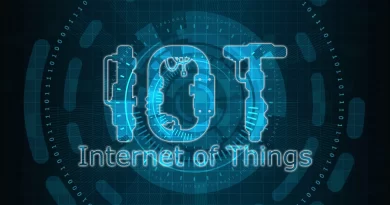Internet of things (IoT): Minimizes the Human Work and Effort
Because of the adoption and use of the internet of things, industries now operate, interact, and use data in new ways (IoT). These advancements have hastened the digitization of manufacturing, which was previously hesitant to modernize. To be competitive, modern manufacturing operations management must be lightning fast in all areas of the business.
The Internet of Things (IoT) has had the greatest impact on transformation in manufacturing operations management. Despite the fact that the COVID-19 pandemic has slowed IoT spending growth, IDC predicts that it will resume double-digit growth rates in 2021, with a compound annual growth rate of 11.3% between 2020 and 2024.
Even with these optimistic projections, a company may not be persuaded to implement IoT so soon. In this article, we’ll look at specific IoT applications in the manufacturing industry, as well as how existing businesses are utilizing these tools.
The Benefits of IoT-Based Solutions: The Benefits of Implementing Iot in Manufacturing Processes and Factories
Process-Level Data Collection and Automation
This can increase productivity and manufacturing yields, which can then be used to increase output while decreasing costs, or both. This Internet of Things (IoT)-enabled PLCs can provide real-time performance data and alert production employees as soon as a defect appears. Furthermore, they allow managers to remotely change parameters, which they can use at any time to improve the assembly line’s ineffective components.
Predictive Maintenance
To significantly reduce downtime in IoT applications, predictive maintenance can be implemented. Using AI and smart sensors, each machine’s stability and health can be continuously monitored, and maintenance personnel can be notified of any potential repair or maintenance requirements before any severe faults occur. As a result, downtime is reduced and machine life is extended.
Data Security
The Internet of Things allows businesses to digitize data management to a greater extent, reducing the need for manual data entry or transmission by human users. Because IoT systems allow for remote monitoring, they can automatically transmit reports without the need for error-prone email procedures. Overall, this automation reduces the number of human users used as entry points.
The industrial internet of things (IoT) is the next stage of internet of things (IoT) technology (IIoT). It is notable in that its application has significantly revolutionized the manufacturing industries. The capabilities of the IIoT are now all that businesses require to gain a competitive advantage; the benefits affect everything from maintenance to supplier logistics to employee workflows to product delivery.




